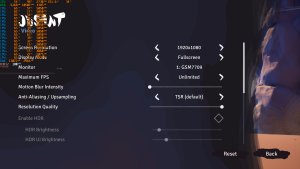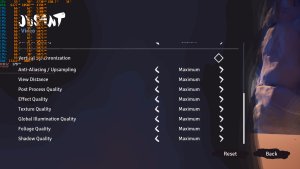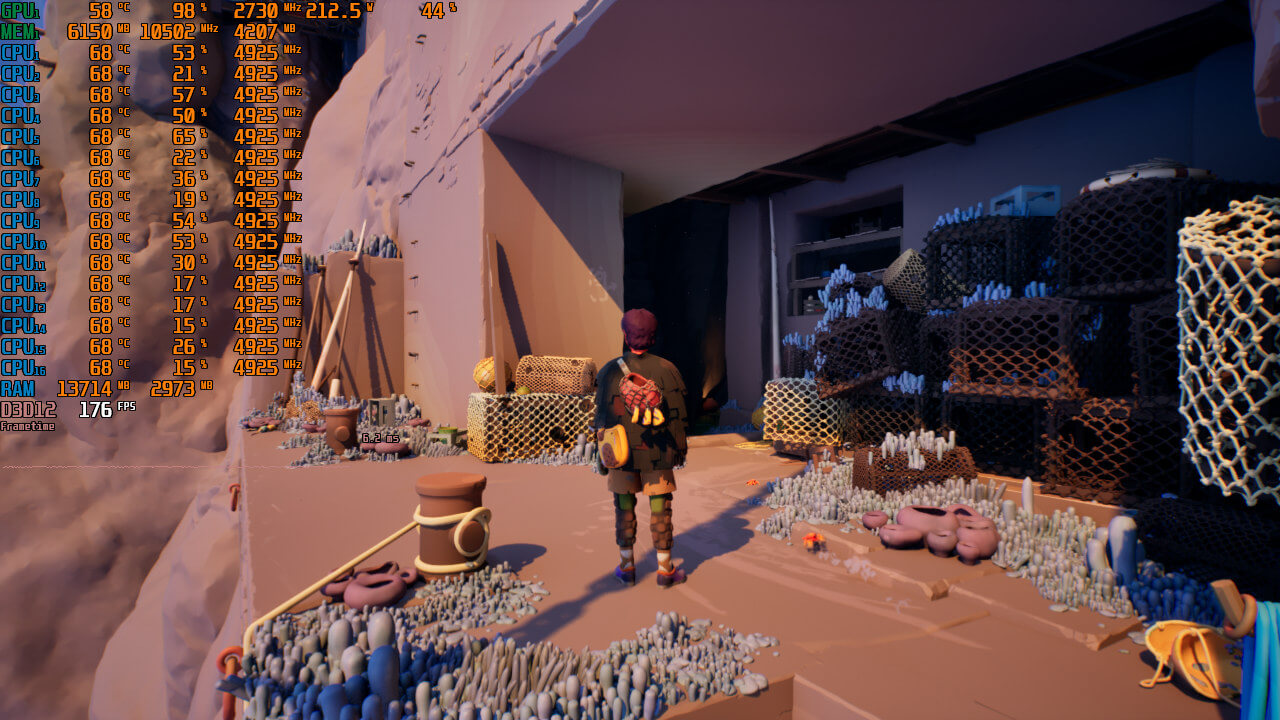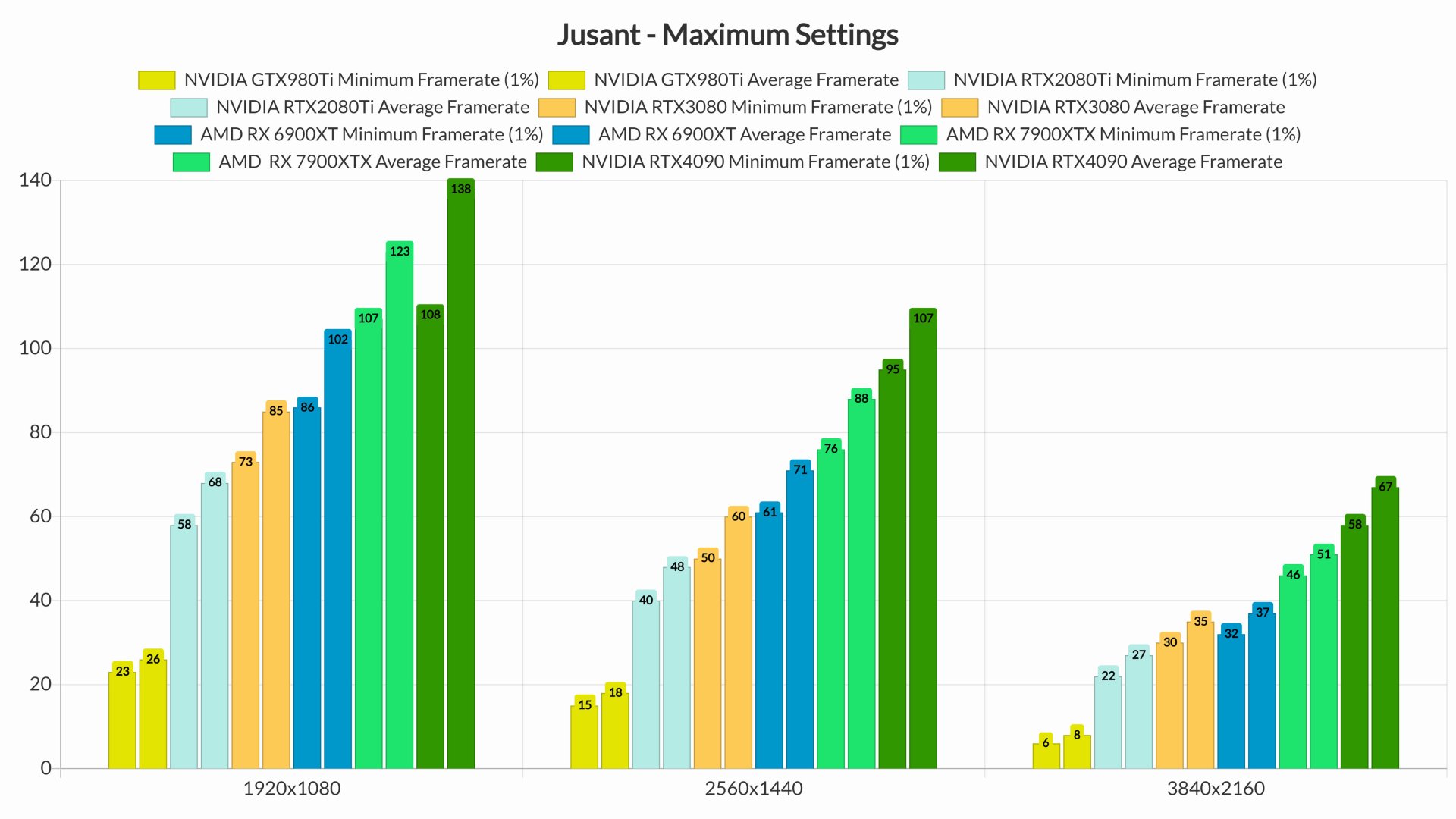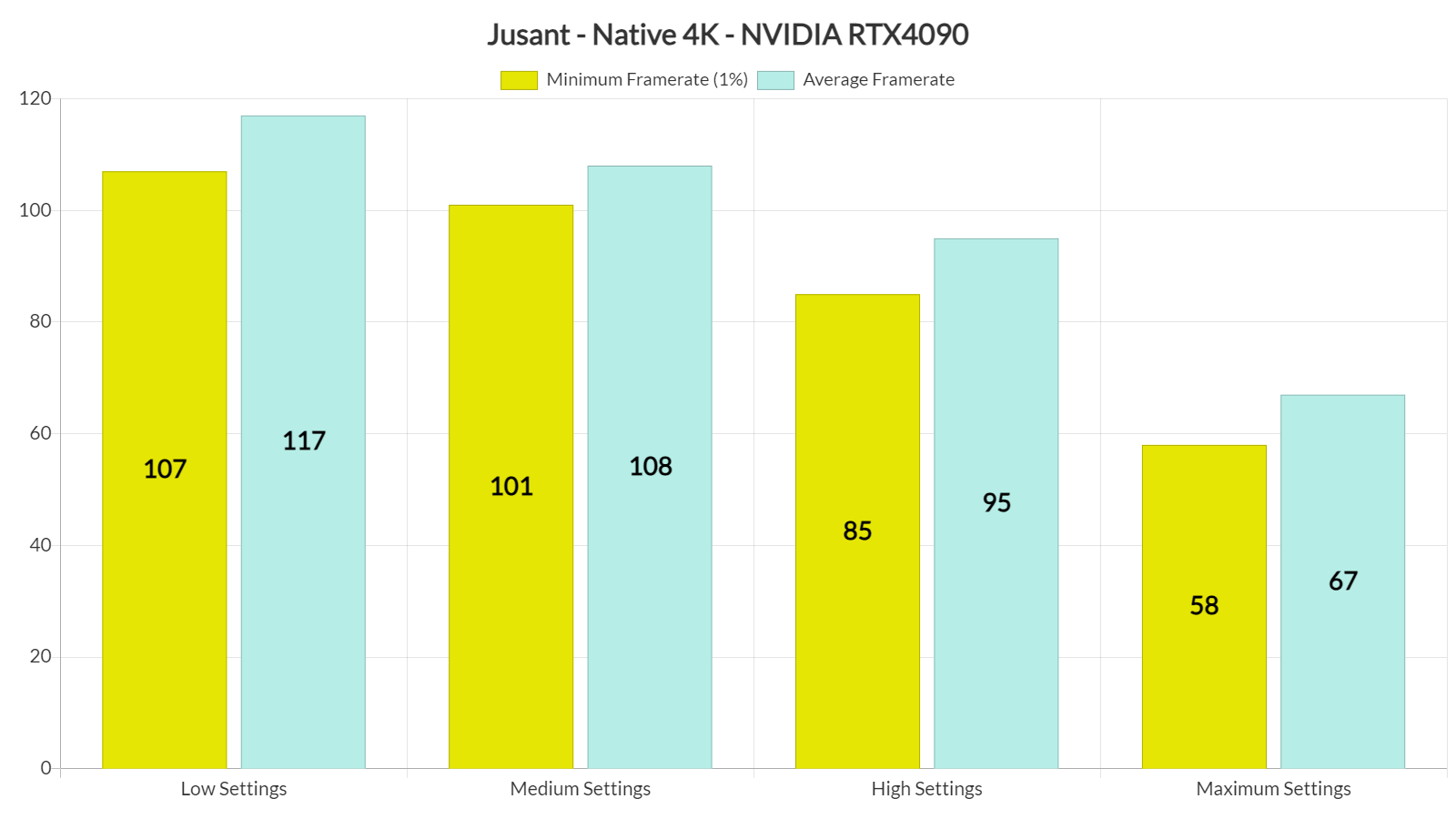DON’T NOD has just released Jusant; a game where you climb and solve puzzles. It’s made using Epic’s new engine, Unreal Engine 5. So, it’s time to benchmark it and see how it performs on PC.
For our Jusant benchmarks and PC Performance Analysis, we used an AMD Ryzen 9 7950X3D, 32GB of DDR5 at 6000Mhz, AMD’s Radeon RX580, RX Vega 64, RX 6900XT, RX 7900XTX, NVIDIA’s GTX980Ti, RTX 2080Ti, RTX 3080 and RTX 4090. We also used Windows 10 64-bit, the GeForce 545.92, and the Radeon Adrenalin Edition 23.20.17.05 drivers. Moreover, we’ve disabled the second CCD on our 7950X3D.
DON’T NOD has included lots of graphics options to tweak. You can change the quality of settings like Anti-Aliasing, View Distance, Textures, Global Illumination, and Foliage. The game also supports NVIDIA DLSS 3 and AMD FSR 2.0. Strangely, though, there is no support for Intel XeSS.
Jusant does not feature any built-in benchmark tool. So, for our benchmarks, we used this area (it’s at the end of our video). From what we could see, this was one of the most demanding areas early in the game.
Similar to Alan Wake 2, Jusant is a GPU-bound title. As you can see, our RTX4090 was used to its fullest even at 720p/Maximum Settings with DLSS Ultra Performance. As such, it was impossible to properly test different CPU configurations. The takeaway here is that the game relies heavily on the GPU, so it should run fine on a wide range of CPUs.
Jusant requires GPUs equivalent to the NVIDIA RTX2080Ti for gaming with 60fps at 1080p/Maximum Settings. For unknown reasons, the game was constantly crashing on the AMD Radeon RX580 and the Vega 64. Both of these GPUs are above the minimum required GPUs. We don’t know why this happens, but we’ve already informed the developers about it. It’s also worth noting that we see a healthy performance difference between the RTX3080 and the RX 6900XT. So, contrary to other recent PC games, and despite using DLSS 3, Jusant does not favor NVIDIA’s over AMD’s GPUs.
When playing at the highest settings and 1440p, our best three GPUs gave us a steady 60fps. And when we ran it at native 4K with the highest settings, the NVIDIA RTX 4090 was able to provide a smooth gaming experience.
PC gamers can make Jusant run better on their PCs by lowering its graphics settings. When we set it to High, the game got 41-46% faster. When we went for Medium and Low settings, it got even faster, with an extra 17% and 8% performance boost.
In terms of graphics, Jusant looks really great. The game uses Nanite, and we didn’t experience any major pop-ins. And thanks to Lumen, the lighting and global illumination in the game also look fantastic. Jusant has its own unique art style. Thus, we’re really pleased with how Lumen works in it. A lot of people believed that Lumen could only be beneficial to games that were going for super realistic visuals. However, Jusant proves that Lumen can enhance all kinds of games.
The only problem I found in Jusant is that sometimes it stutters during cut-scenes. You can easily see this in our video. These stutters usually happen when the camera switches. Thankfully, when you’re actually playing the game, there are no stutters. Also, when you start the game for the first time, it will compile its shaders. As such, you won’t have any shader compilation stutters.
All in all, Jusant looks and runs well on PC. Although this is a small-budget game, it’s really pleasing to the eye. Thanks to its incredible art style and to UE5’s Lumen and Nanite, Jusant is able to please a lot of PC enthusiasts. Not only that but the game can run on a wide range of GPUs by lowering its graphics settings. And, like most recent UE5 games, it can look great even on Medium settings.
Enjoy!

John is the founder and Editor in Chief at DSOGaming. He is a PC gaming fan and highly supports the modding and indie communities. Before creating DSOGaming, John worked on numerous gaming websites. While he is a die-hard PC gamer, his gaming roots can be found on consoles. John loved – and still does – the 16-bit consoles, and considers SNES to be one of the best consoles. Still, the PC platform won him over consoles. That was mainly due to 3DFX and its iconic dedicated 3D accelerator graphics card, Voodoo 2. John has also written a higher degree thesis on the “The Evolution of PC graphics cards.”
Contact: Email


